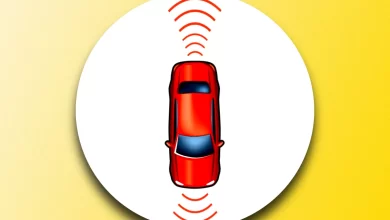Electrical systems
-

How do reversing sensors work?
Reversing sensors, often referred to as parking sensors or proximity sensors, are unsung heroes in modern vehicles, silently working to enhance safety and convenience. But have you ever wondered how these small, unassuming devices manage to detect obstacles and prevent collisions while you're navigating tight parking spots or reversing out of driveways? In this article, we unveil the intricate technology behind reversing sensors, shedding light on the wizardry that makes them an indispensable part of today's automobiles. Reversing sensors rely on two primary technologies: ultrasonic and electromagnetic. Ultrasonic sensors emit high-frequency sound waves beyond the range of human hearing, and when these waves bounce off obstacles and return, the sensors calculate the distance to those obstacles. Electromagnetic sensors, on the other hand, generate magnetic fields and detect disruptions caused by nearby objects, providing yet another method for obstacle detection. But it doesn't end there; the evolution of reversing sensors continues, with advancements like advanced object recognition, 360-degree coverage, and integration with autonomous driving on the horizon. Understanding how reversing sensors work not only deepens our appreciation for the safety they bring to our daily drives but also highlights the ongoing innovation in automotive technology. So, join us as we delve…
-

How do car sensors work?
Car sensors are the unsung heroes of modern automotive technology, working silently and diligently to ensure your vehicle operates at peak performance while prioritizing safety and efficiency. These sophisticated sensors are strategically placed throughout your car, each with a specific function, and they communicate with the vehicle's central brain, the Engine Control Module (ECM), to make real-time adjustments based on the data they collect. One of the most well-known car sensors is the oxygen sensor (O2 sensor), which monitors the levels of oxygen in the exhaust gases. By doing so, it helps optimize the air-fuel mixture, ensuring efficient combustion and reducing harmful emissions. Throttle position sensors (TPS) track the angle of the throttle plate, allowing the ECM to adjust fuel injection and ignition timing for smooth acceleration and responsive engine performance. Mass airflow sensors (MAF) play a critical role in measuring the volume and density of incoming air, aiding in the calculation of the ideal air-fuel mixture. Coolant temperature sensors (CTS) monitor engine temperature, assisting the ECM in adjusting parameters and controlling cooling systems. Knock sensors detect engine knock or detonation and enable the ECM to protect the engine by adjusting ignition timing. Airbag sensors, on the other hand, are…